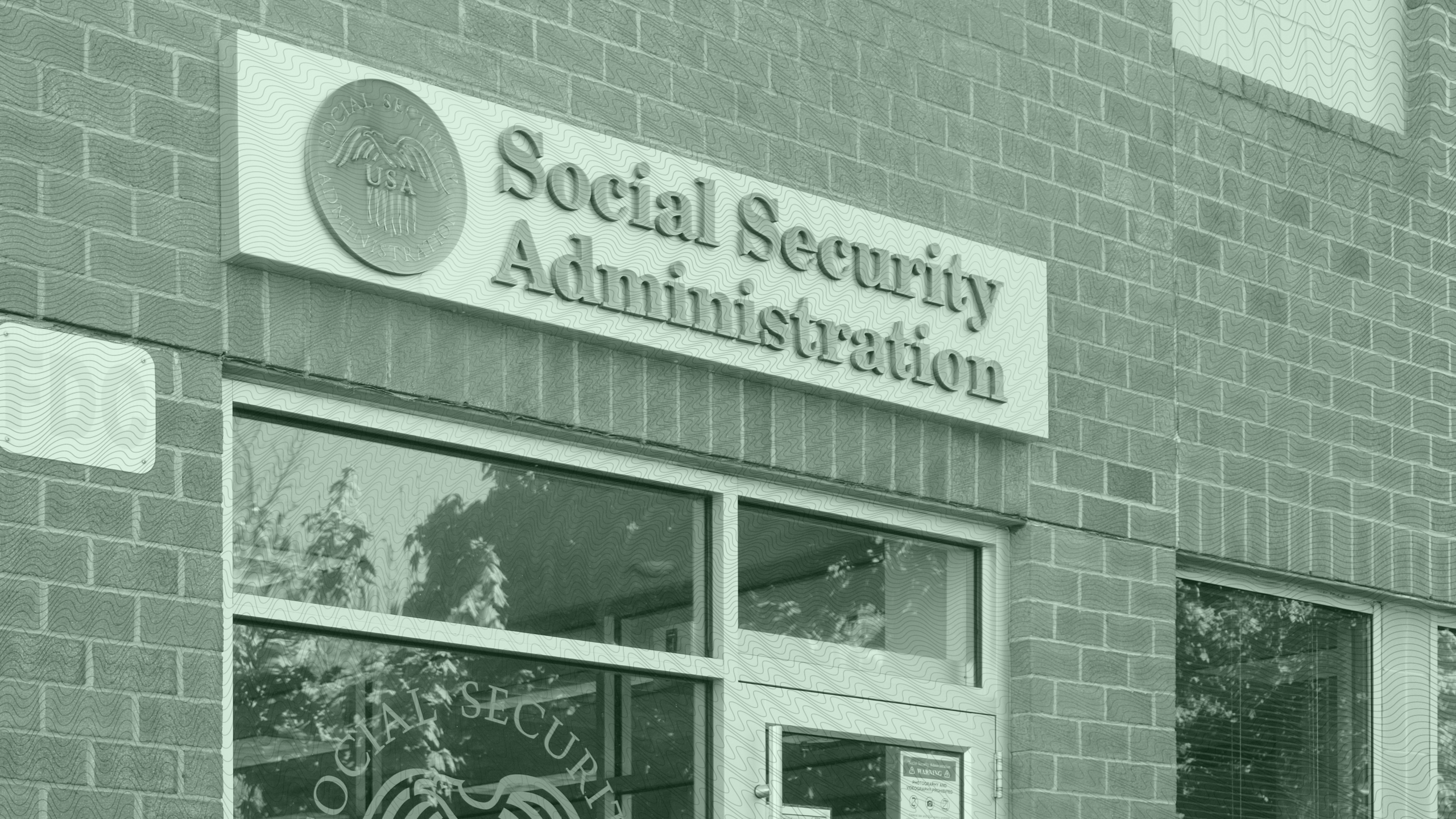Social Security Backs Off From 100% Clawbacks
A plan to withhold all benefits until historical overpayments are recouped was scrapped in favor of a 50% rate.

Sign up for market insights, wealth management practice essentials and industry updates.
Isn’t it nice when people have a change of heart?
The Social Security Administration announced a departure from its plan to withhold the entirety of most benefit payments for recipients who in the past were mistakenly overpaid. Instead of withholding 100% of benefits, the administration reduced that to 50%, a change that came amid concerns about how the more stringent policy would affect retirees. Still, the 50% withholding is a big step from the 10% rate instituted last year under Biden-era Social Security Commissioner Martin O’Malley. It’s an issue that affects people across wealth levels, but it stands to have the biggest financial impact on retirees who are reliant on Social Security as a major source of income.
“The decision to lower the default withholding rate [from 100%]…is a humane step forward in the right direction. But the real fix is in modernizing the system to prevent overpayments before they happen,” said Aaron Cirksena, founder of MDRN Capital. “Something has got to be done.”
Social Insecurity
The Social Security Administration started using the new withholding percentage on April 25. If it determines someone was overpaid, the system initially sends a request for “a full and immediate refund,” though people have 90 days to request a lower withholding rate, according to an emergency notice. Errors in payments happen about 1% of the time, and the agency is reportedly trying to recoup more than $20 billion in overpayments. Such funds are important to the system, which is on track to see its trusts fully depleted within 10 years.
That, along with recent cuts to staff, may be undermining the public’s faith that the system will be able to pay out benefits of any amount in the future. Data from administration’s weekly operational meeting April 25 show:
- There has been a dramatic increase of 250,000 new filers seeking Social Security benefits year over year — a change that the system did not expect.
- About 50,000 of the new filers were over 71.
- There was a spike in the highest 10% of earners applying at age 62, meaning more high-income recipients are claiming sooner. While 62 is the earliest age at which people can receive Social Security benefits, payments are smaller than they would be at the full retirement age of 67.
Claiming Ignorance. There appears to be a trend of starting Social Security claims earlier than optimal. “We’ve definitely had lots of questions from clients,” Cirksena said of whether people should claim sooner. “We tell them, ‘no.’ When the Trust Fund goes dry in 10 years, you will get 85% of your benefit payments, not nothing.”











